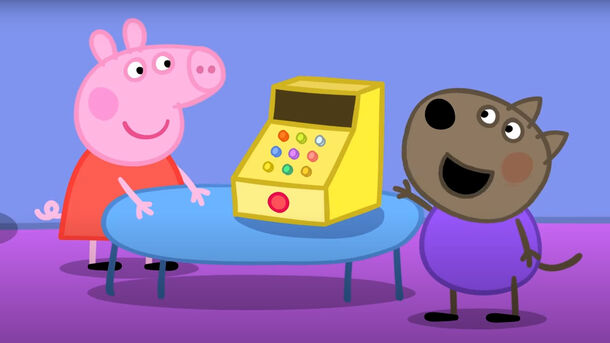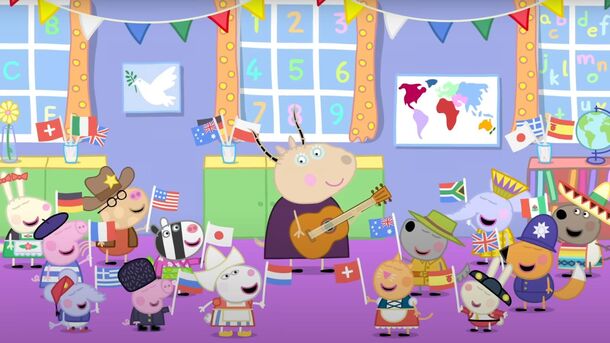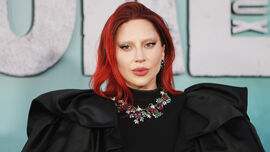5 ‘Peppa Pig’ Episodes That Prove It’s Actually an Adult Show

What seemed at first to be a lighthearted cartoon for preschoolers turned out to be a master class in how to live a happy life. Which episodes of Peppa Pig seem like an adult show? Let's take a look.
At first glance, Peppa Pig may seem like nothing more than a colorful cartoon designed to entertain toddlers. However, for many adults, especially parents who have been forced to watch it repeatedly, it's clear that the show has an unexpected charm, even for those older than 21.
Beneath the muddy puddles and non-stop oinks, some episodes offer dry humor, relatable struggles and even relevant social commentary. And here are just 5 episodes that prove Peppa Pig might just be perfect for grown-ups too.
1. “Mr. Skinny Legs”
.jpg)
This episode tackles one of the most common for toddlers and adults fears: spiders. Daddy Pig’s insistence that there’s nothing to be afraid of, followed by his own panic when confronted with Mr. Skinny Legs, is a hilarious example of how Peppa Pig pokes fun at adult contradictions. It’s a subtle nod to how grown-ups often say one thing while doing another, especially in front of kids.
2. “Work and Play”
.jpg)
Peppa and Suzy Sheep argue about whether it's harder to go to school or go to work. Their dads step into “trade places,” and the results are all too real for anyone juggling work-life balance. The episode cleverly highlights adult responsibilities while gently mocking the romantic idea kids have about grown-up life.
3. “The Long Grass”
.jpg)
When the grass gets too high and the family can’t find their toys, Daddy Pig’s attempts to mow it become a surprisingly accurate metaphor for procrastination and domestic chores. The episode turns a mundane adult task into comedy gold, with plenty of sly jabs at how quickly things can spiral when small jobs are left undone.
4. “Grampy Rabbit’s Lighthouse”
.jpg)
Grampy Rabbit is a treat for adult viewers. His rambling stories and over-the-top energy are funny in a way that goes over kids’ heads but hits adults right in their chaotic core. The surreal tone feels like a nod to absurdist British humor in this episode.
5. “International Day”

This episode, featuring children dressed in cultural outfits, subtly explores themes of identity and inclusion. Adults may notice the show's attempt to balance representation with satire, all while sneaking in commentary about how schools and parents navigate the sensitive matter.
